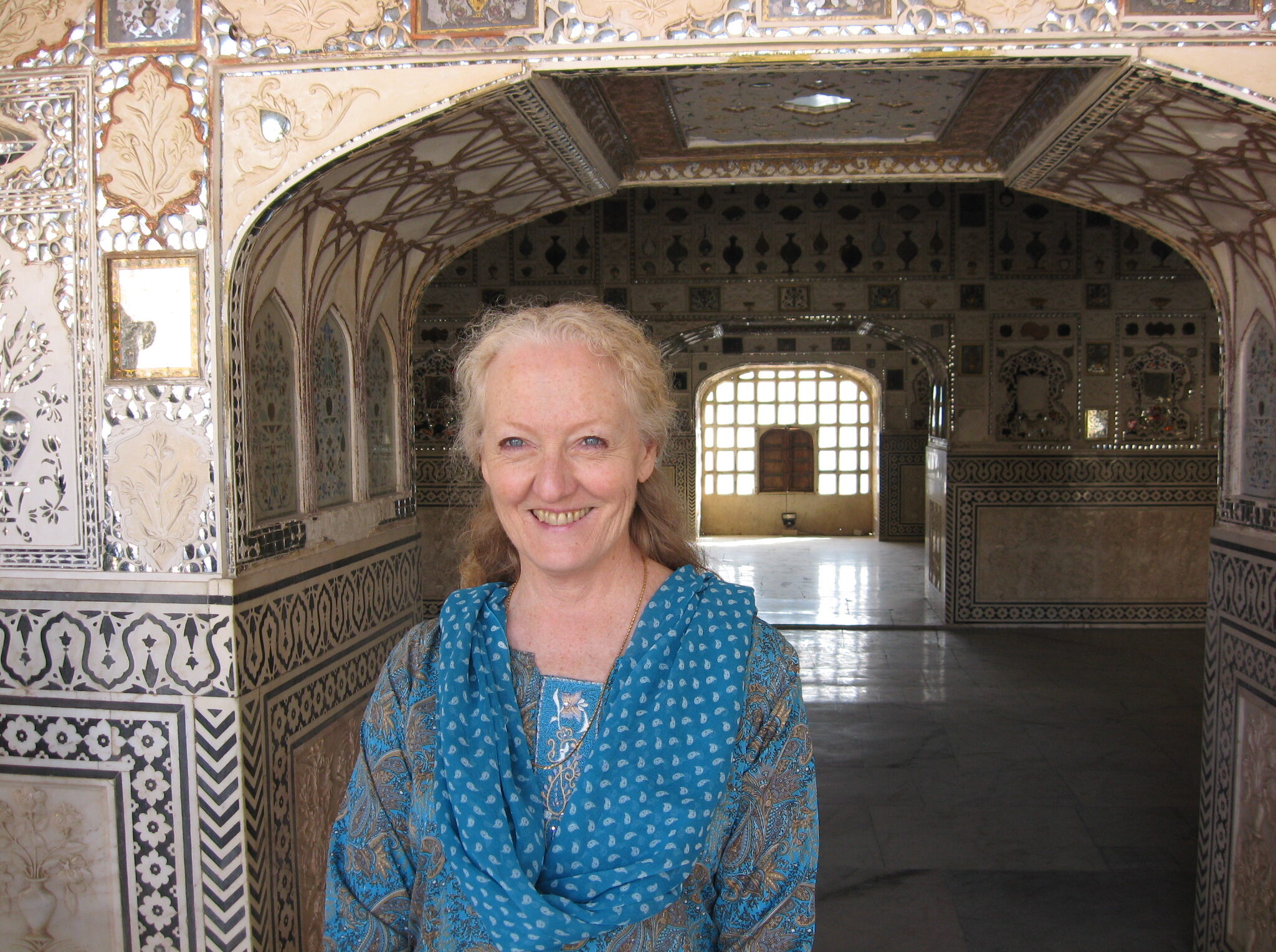Holidays, along with being a time of joy and sharing with family, can be a source of considerable stress. The combination of food-related celebrations with stress-induced cravings can wreak havoc on even the most perfectly crafted diet.
There are many elements that go in to our eating habits. Family customs, media-induced hungers, emotion-related binges and habits we’ve picked up along the way are just a few considerations. Customs we’ve picked up from our family can include not only the types of foods we eat, but the whole emotional entrée that came along with mealtimes. Many of us learned to turn to food as a source of nourishment for many forms of hunger – not just the need for calories. As a result, any emotional turmoil can pivot us right into the pantry on a moment’s notice.
It’s a confusing picture, often, when we try to sort out exactly why it is we eat what we do. We may recognize that eating, for us, has become something more complex than just satisfying the natural hunger that signals a need for more food to fuel and sustain our ongoing lives.
I start every series of Mindful Eating classes with a simple question: “Why do you eat – what is it inside that prompts you or propels you?” After a minute of confused looks and a couple of titters, the class invariably engages. The list usually has more than 30 items by the time we’re done, and only seldom is “hunger” even mentioned. The aspect that all items on the list have in common is that they provoke a sensation in the belly, whether that be emptiness or tension, that in some way mimics the sensation of hunger.
The lists that have been compiled over the past years in these classes are extensive, but the themes remain the same and can be grouped into several main categories. It turns out this is good information to have, since what primarily motivates one person may be different than what prods another, and the words of wisdom that sink in and “hit home” will be different for each individual.
Most frequently noted are:
- Emotional – loneliness, boredom, fear, anxiety, depression, anger, frustration, sadness, grief, loss;
- Punishment: feeling inadequate, remorseful, ashamed, embarrassed;
- Uncontrolled: tired, exhausted, distracted, habit, convention.
And these are just a few.
The single most common reason class participants list as their trigger for eating is some kind of emotional state. Any emotion will do. Some eat because they are sad, some because they are happy. Anger can cause a rush to the refrigerator for one as surely as depression or loneliness for another. And then there is the full range of grays – the category that includes feeling tired, bored, listless or hopeless.
To help you stay mindful of your own tendencies through the holiday season, ask yourself the following questions:
- What emotions do I feed or cover with food when I am with my extended family?
- When do I notice I am most likely to overeat? What am I doing, then? (ex: talking, arguing, avoiding talking?)
- Do I have a tendency to need to try a little (or lot) of everything?
If you identify any tendencies of your own in this list, write down alternative pathways you can take. For example, if you tend to eat more than usual while you’re busily catching up on the latest with your cousins because you are just not noticing what you’re eating, you can consciously put only what you want on your plate and remove yourself from the food source while you are talking.
Or, if you notice that you try to anesthetize the tense feelings in your belly when a most unfavorite uncle shows up, think of alternative ways to get rid of that feeling other than food. Maybe walk around the block with one of those favorite cousins, or remove yourself to the kitchen to be helpful.
Whatever you do, be sure that your relationship with food remains even as you are relating to the people around you.
